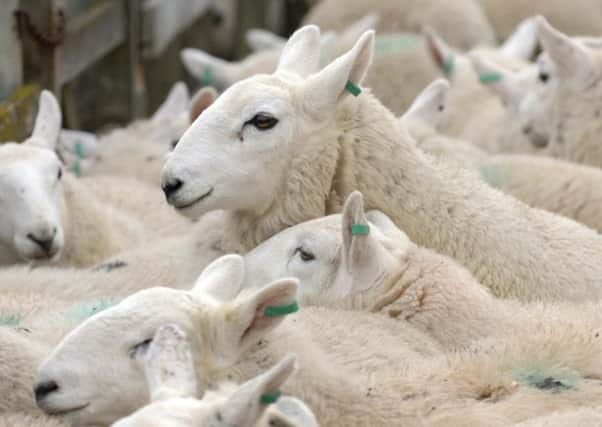Shearing sheep is so bloody and cruel that we should ditch wool '“ Peta


Recently, a Peta Asia eyewitness visited shearing sheds across the country and filmed workers punching frightened sheep in the face, slamming their heads into the floor, violently beating and kicking them, and throwing them off the shearing trailers. Being held down is terrifying to prey animals like sheep, but when they panicked and struggled, the shearers used even more force, stamping, standing, and kneeling on their necks and stomachs.
Were these exceptions? No. Extreme cruelty was found at every single one of the 24 Scottish farms visited. Despite the industry’s “shock” and “disappointment” – followed closely by assurances to consumers that such behaviour would not be tolerated – it is clear the level of violence in the footage is almost certainly the rule. This makes sense when you consider that getting the job done as quickly as possible is paramount.
Advertisement
Hide AdAdvertisement
Hide AdPaid by volume, not by the hour, shearers work at breakneck speed. There is no tolerance for delays, meaning the work is fast-paced and merciless. Sheep were often left with severe, gaping wounds, which were crudely sewn up with a needle and thread. Some animals appeared to have prolapsed uteruses and bloody hooves. One sheep who was suffering from mastitis, a painful infection of the udder, couldn’t even stand up. A worker blithely dismissed her misery, saying she would be shot.
Sheep are naturally nervous flock animals, and many passed out and went limp during shearing. Instead of providing any kind of care, workers simply dragged them off the trailers and left them to die. On one farm, a farmer dragged a sheep who appeared to be dying by the leg, letting her head bounce along the rocky ground. Another shearer dangled a dying sheep off a shearing platform and propped her against a railing, where she convulsed and died shortly afterwards.
What will the industry do about this? Judging by its defensive remarks, nothing. It has responded with the trite “sheep need to be shorn” argument, conveniently omitting the fact that without human interference, like genetic engineering, cross-breeding for maximum wool production, and so on, sheep grow just enough wool to insulate themselves from the cold and shed their excess wool all by themselves during the warmer months. Today, sheep even die of pneumonia because of late-season shearing, which is motivated by greed.
The cruelty documented in Scotland isn’t unique, nor is it indicative of a few “bad apples”. Rather, it illustrates the systemic abuse that sheep and other animals, like angora goats, endure around the world every day in the wool industry – from being deprived of food and water before and during shearing to transportation in all weather extremes, terrifying slaughter, and painful mutilations, such as castration and tail-docking, without anaesthetics.
Sheep’s wool, just like foxes’ fur, is not “fabric”, and it doesn’t belong to us. It has an owner who was violently robbed of it. Warm, cruelty-free fabrics, including cotton, bamboo, hemp, and soya-bean fibre, are readily available, so it’s easier than ever to ditch wool. And that’s the best thing anyone can do to help stop this abuse.
Elisa Allen is director of People for the Ethical Treatment of Animals (Peta) UK
